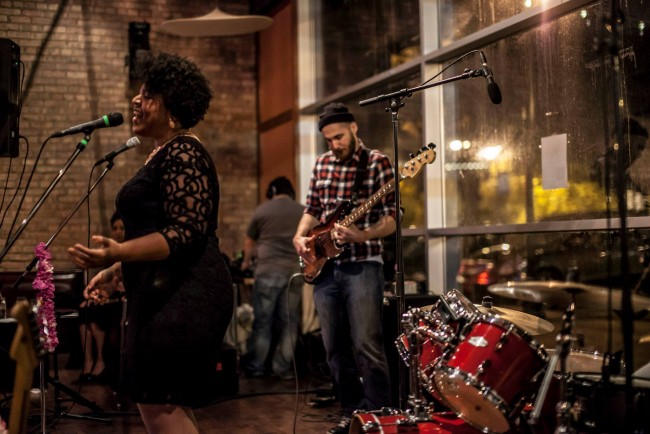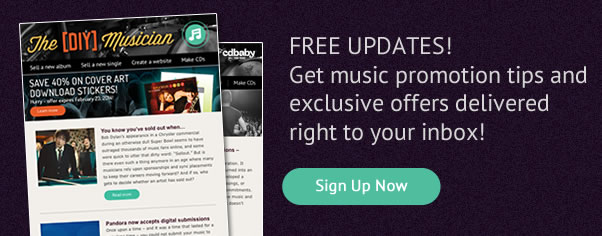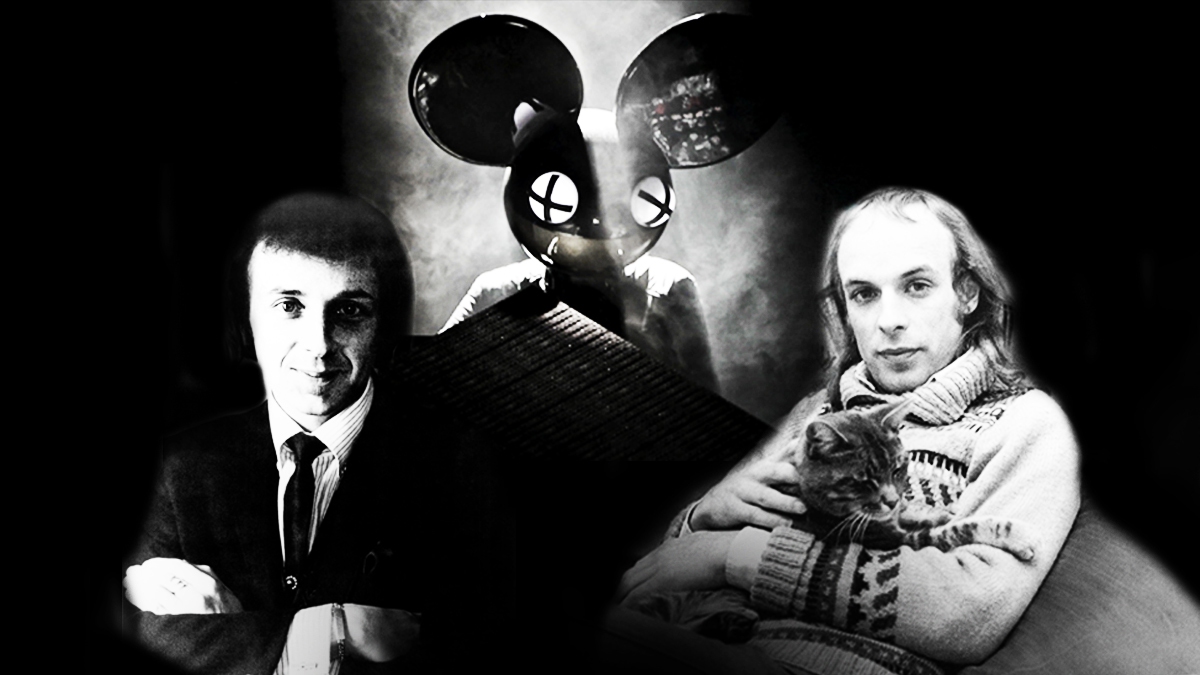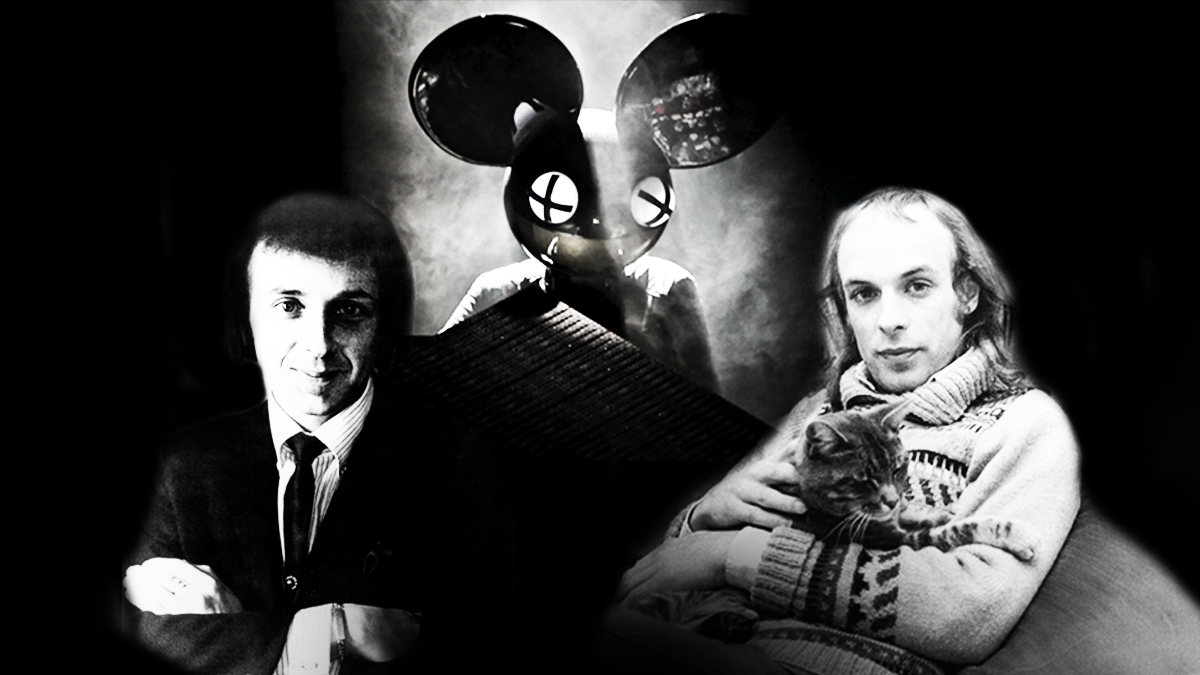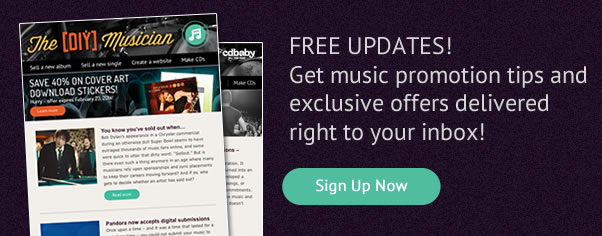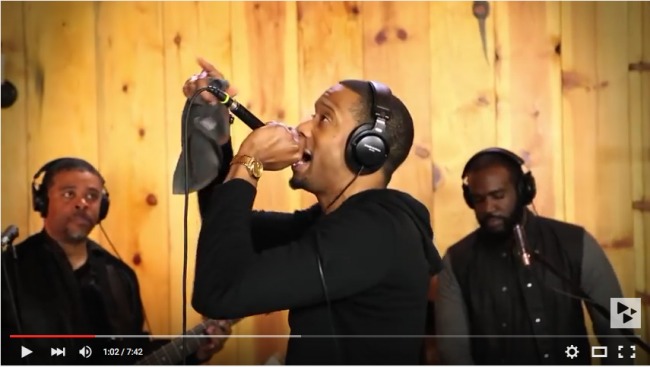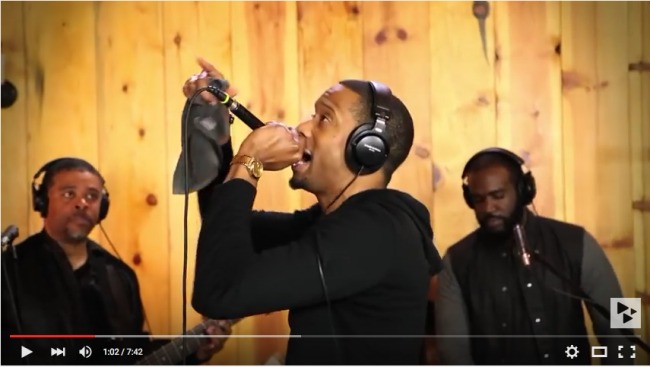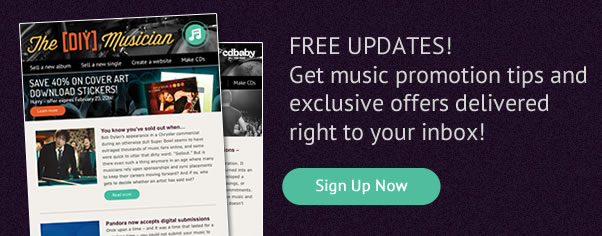The Healing Power of Your Voice: 7 Reasons Why Everyone Should Sing
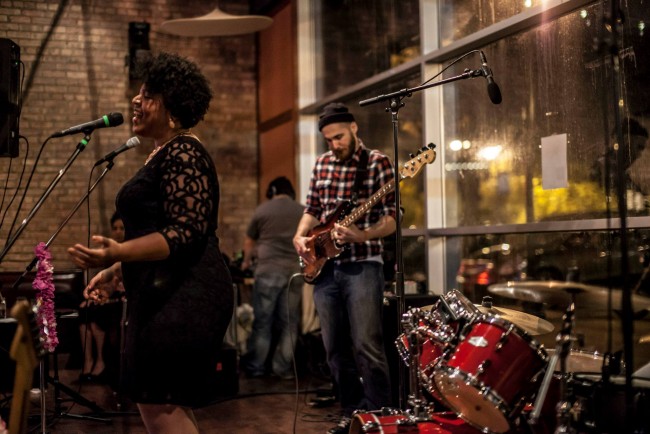 [This article was written by Maya Rogers, a singer, composer, educator, and former member of the CD Baby team!]
[This article was written by Maya Rogers, a singer, composer, educator, and former member of the CD Baby team!]
I believe that everyone who is physically capable of making sound with their vocal cords can and should sing everyday. I know what you’re thinking, but just for a moment, I’d like to ask you to suspend your disbelief.
I’m not implying that everyone should become a professional singer, or even that all voices are conventionally pleasing to the ears. What I am suggesting is that human beings are quite literally made to sing.
Two years ago, I was involved in a car accident and suffered a traumatic brain injury. As a result, I was no longer able to sing, play my instruments or read music. Even listening to music caused a great deal of pain. My lifelong relationship with music and my voice seemed to have come to a halt, and this realization was devastating.
My recovery took a turn for the better when I gave myself permission to try to sing again. At first, I could only sing for a few moments before I would burst into tears. But I persisted, and eventually I could sing through the tears. Finally, after months of this, the tears stopped. This turned into singing with others and eventually into teaching music again.
There was a part of me that knew the process of rediscovering my voice and helping others discover theirs would provide a great deal of healing, both physically and emotionally. What I did not expect to uncover is this important truth: When we allow ourselves the joy of self-expression through our voices, it awakens parts of us that may have been dormant or neglected our entire lives. We gain access to a deep inner wisdom, and with this wisdom comes transformative power.
I set out to understand exactly why singing made such a powerful impact on my recovery and how it could benefit everyone. Here are 7 reasons why I believe we should delete the story that says, “I can’t sing,” and let our voices ring out!
Everyone wants to sing.
How many of us have been told at some point during our formative years that we can’t sing or shouldn’t sing in public because we have a terrible voice? I would venture to say that most everyone has, including myself. Consequently, we shy away from using our voices to express ourselves and from speaking our truth.
Many of the adults that I work with have a traumatizing story from their youth surrounding their voices and as a result stopped singing altogether. The reason that these experiences are so hurtful and lasting is because using our voice is instinctual, primal even. Deep down, we all want to sing because we were made to do so!
Singing makes us feel good.
We can experience pleasure from sound vibrations as they resonate in our mouths and throughout our bodies. Infants know this and tend to use sound to explore on a sensory level well before they use it for communication. Endorphins are released when we sing which help to promote positive feelings. This is especially true when we sing with other people. Group singing also induces the production of oxytocin (the bonding hormone). This can reduce stress, anxiety and increase feelings of trust and well-being.
As a result of my injury, I often deal with chronic headaches, and I find that while I’m singing the pain is significantly reduced. As it turns out, a study published in The Journal of Music Therapy in 2004 confirms that singing helps people cope with chronic pain.
It’s good for our health.
Singing is considered an aerobic activity because of the amount of oxygen that is delivered to the brain. Many of my voice students report feelings of invigoration, euphoria or even bliss after their lessons. I attribute these feelings, in part, to the deep breathing that singing requires. Our breath has immense restorative power, can reduce stress and can even put us into a meditative state. Moreover, singing decreases cortisol levels (stress hormone), which allow us to produce more antibodies that boost our immune systems.
There are emotional health benefits as well. We see this in the mother’s instinct to comfort her crying baby with a song and in the tradition of a lullaby to put a child to sleep. Singing along to sad songs when we’re feeling blue and happy songs when we’re on top of the world both have a positive impact on our mood.
Our brains love it.
Singing is used to treat neurological issues including stuttering, Parkinson’s Disease, acquired brain injury, and even autism. It can establish alternate neural pathways which enhances the overall neuroplasticity of the brain. Playing music, in general, is proven to have global effects on the brain such as increased cognitive function, improved memory and greater problem solving and executive functions.
The way it sounds is irrelevant.
The best part is that we can reap the benefits of singing regardless of the way our voices sound. Stacy Horn, author of Imperfect Harmony: Finding Happiness Singing With Others, cites a study conducted in 2005 which states that people can still experience the same feelings of pleasure even when the sound being produced is “of mediocre quality.”
Not convinced? Take a look at this YouTube video of a deaf young woman singing. She makes the disclaimer that she doesn’t know if she’s a good singer or not, but doesn’t care because it’s just for fun. As I watch her, it is clear that singing is about feeling, not hearing. The act of singing itself is what makes us feel good, not what our voices sound like.
Singing makes us better people.
We can attain great personal insight in addition to the emotional and physiological benefits of singing. When we sing, there is a certain amount of vulnerability that is required. This vulnerability allows us to learn a lot about ourselves, what motivates us, what we’re capable of and what we truly desire. In her 1996 article for the American Music Therapy Association, Dr. Diane Austin writes that C.G. Jung believed that “we become ourselves through… [participating] in multiple creative acts.”
I would venture to say that through the creative act of singing we encounter our truest selves. In essence, singing on a regular basis can bring us face to face with who we really are and our unique purpose.
Singing can help us make the world better.
When we understand who we are at our core and what unique qualities we posses, we stop comparing ourselves to each other. The fear that fuels us to fight, to hoard, and to oppress is transmuted into lighter energy, that of compassion, generosity and love. Yes, love. We begin to speak our truth. We are inspired to show up in our lives in a way that reflects the wisdom we’ve gained. Our newfound creativity allows us to see solutions that we might not have been open to before. This positive change has a ripple effect which begins in our own lives, then extends to our friends and families, our schools and communities and eventually into the world at large.
It has been suggested that singing in groups can result in a phenomenon called entrainment. The pulses of the singers synchronize as one collective heartbeat. In the same way, standing firmly in who we are reveals that we are part of one massive system, the heart of humanity.
—
Besides helping me to recover from a very serious injury, singing has inspired me to start living my life as a musician that has the power to improve the world. One way that I do this is through a mentorship service for artists of all mediums. We use the human voice to explore your intuitive and creative gifts so that your absolute best creations come to life. To learn more about this service, visit www.scatherjoy.com/mentorship.
In what ways has singing and self-expression had an impact on your life or the lives of those around you? I would love to hear about your experiences in the comments below.
[Photo of Maya Rogers taken by Emily Sexton of Tattoos & Satellites.]
The post The Healing Power of Your Voice: 7 Reasons Why Everyone Should Sing appeared first on DIY Musician Blog.
Source: Musician Resources
